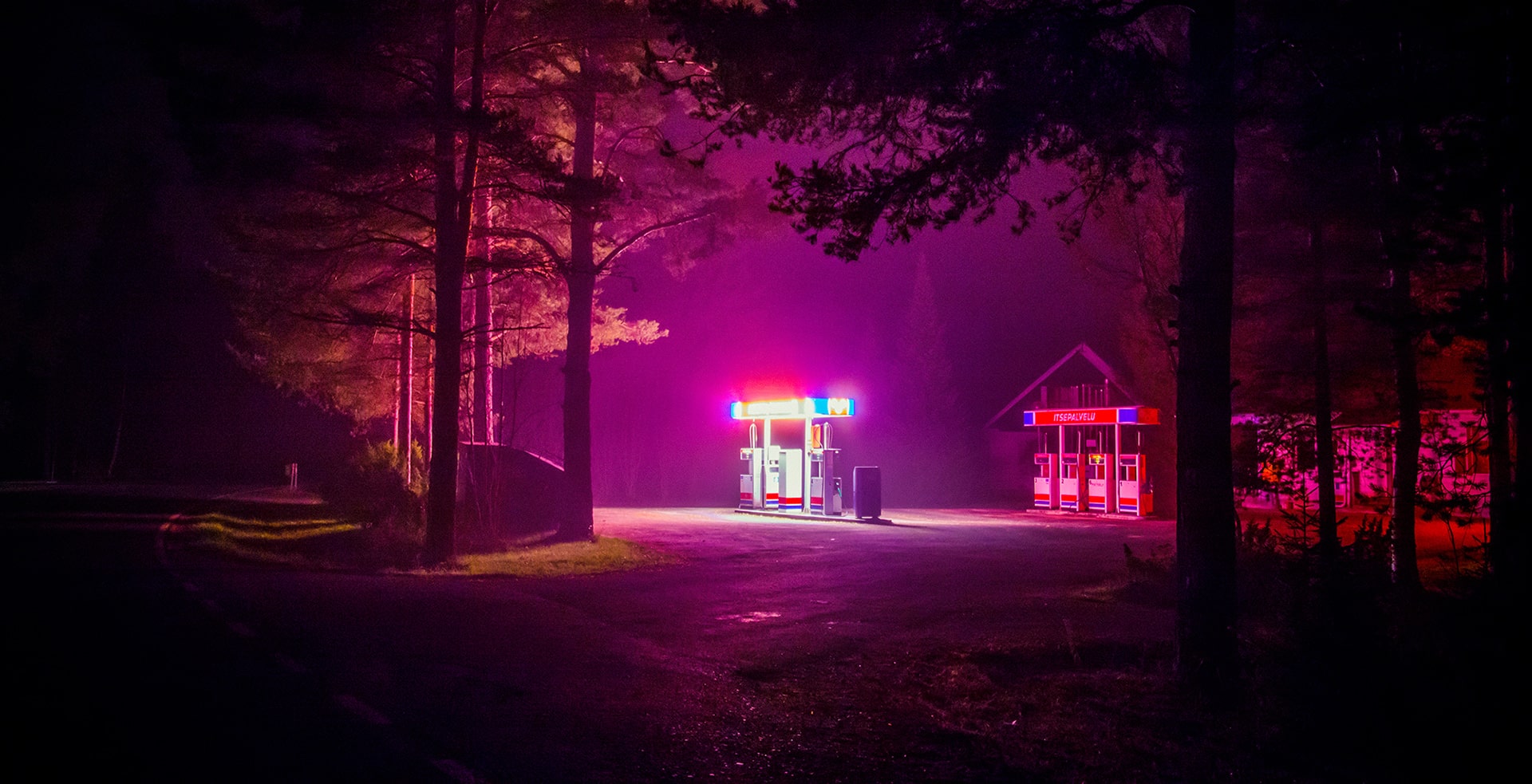The 7th edition of the Singapore International Photo Festival takes advantage of this year’s unique context by offering off-the-beaten-path programming and online discussions that can reach a worldwide audience. The festival is establishing itself as a major forum and prescriptive event for photography in Southeast Asia.

You’re getting blind.
Don’t miss the best of visual arts. Subscribe for $9 per month or $108 $90 per year.
Already suscribed ?



